ABA Therapy for Autism Therapy Support
Explore aba therapy for autism therapy support: benefits, tailored programs, and positive outcomes for children.

Understanding ABA Therapy
Evolution of ABA Therapy
Applied Behavior Analysis (ABA) therapy has been helping children with autism and related developmental disorders since the 1960s. The first empirical evaluation of applying behavior analytic principles to the behavior of individuals diagnosed with autism spectrum disorder (ASD) was conducted by Wolf and colleagues in 1964. This study demonstrated the effectiveness of ABA therapy in decreasing problematic behaviors while increasing pro-social behavior in a young child with autism [1]. The methodology has since evolved, becoming a cornerstone in behavioral health support for children with autism.
Benefits of ABA Therapy
ABA therapy employs positive reinforcement as a primary strategy, which encourages the desired behavior by rewarding those actions. This approach helps individuals learn and maintain new skills. More than 20 studies indicate that intensive and long-term therapy utilizing ABA principles can significantly improve outcomes for many children with autism. These studies have noted enhancements in various areas, including:
| Skill Area | Improvement Type |
|---|---|
| Intellectual Functioning | Increases in IQ scores |
| Language Development | Enhanced verbal communication skills |
| Daily Living Skills | Greater independence in daily tasks |
| Social Functioning | Improved interactions with peers |
The evidence supporting ABA therapy highlights its potential as an effective method for fostering development in children with autism. This therapy can enhance skills crucial for personal development and social integration, making it an essential option for parents seeking ABA therapy for autism therapy support.
For more information on how ABA programs are specifically structured to meet individual needs, visit our sections on ABA therapy for autism behavioral health programs and ABA therapy for autism skill development programs.
Individualized ABA Programs
Tailoring ABA Programs
Individualized Applied Behavior Analysis (ABA) programs play a crucial role in effectively supporting children with autism. A qualified behavior analyst, specifically a Board Certified Behavior Analyst (BCBA), is responsible for designing and overseeing these programs. They customize each plan based on the individual child's skills, needs, interests, preferences, and the family situation. This personalization ensures that the therapy is relevant and engaging, promoting successful outcomes in skill acquisition [2].
Through the use of varied techniques and activities, ABA therapy aims to build new skills, enhance existing ones, and address socially significant behaviors. The effectiveness of these programs relies on tailoring them to the unique characteristics of each child, leading to more meaningful progress in their development [3].
Importance of Detailed Assessments
Prior to developing an individualized ABA program, a detailed assessment is essential. This assessment allows the analyst to identify specific treatment goals that align with the child's current capabilities and areas where improvement is sought. Through this comprehensive evaluation, the analyst can gather crucial information regarding the child's behavior, environment, and family dynamics.
Assessments typically include multiple aspects, such as:
| Assessment Component | Purpose |
|---|---|
| Skill Assessments | To gauge the child's existing abilities and identify areas for growth |
| Behavioral Observations | To understand the child's behavior in different environments |
| Family Interviews | To incorporate family values and priorities into the treatment plan |
By conducting a thorough assessment, the behavior analyst ensures that the ABA program is not only tailored to the child's needs but also supports their family in the implementation of therapy strategies. This collaborative approach contributes significantly to the overall effectiveness of ABA therapy, enhancing outcomes for children on the autism spectrum.
For more information on specific ABA therapy options, consider exploring aba therapy for autism behavioral health programs or aba therapy for autism behavioral health services.
Role of Behavior Analysts
Behavior analysts play a crucial role in the implementation of ABA therapy, particularly for children with autism. They are responsible for assessing individual needs and designing customized programs that foster development and skill acquisition.
Behavior Analyst's Responsibilities
A qualified behavior analyst, known as a Board Certified Behavior Analyst (BCBA), is responsible for several key tasks in the context of ABA therapy. Their primary responsibilities include:
- Conducting Detailed Assessments: Prior to designing a therapy program, behavior analysts assess the child's skills, needs, interests, and family dynamics. This assessment forms the foundation for specific treatment goals [2].
- Designing Tailored Programs: Based on the assessments, BCBAs create customized ABA programs that are structured to address the unique challenges and strengths of each child. The programs may incorporate a mix of teaching strategies to engage the child effectively.
- Overseeing Implementation: Behavior analysts monitor the implementation of the ABA therapy to ensure it aligns with the initial goals set during the assessment phase. Continuous observation allows them to adjust techniques as needed.
| Behavior Analyst Responsibilities | Description |
|---|---|
| Conducting Assessments | Evaluates child’s skills, needs, and interests |
| Designing Programs | Creates customized ABA programs |
| Monitoring Therapy | Oversees therapy implementation and progress |
Designing Customized Therapy Programs
Customizing therapy programs is essential for effectively supporting children with autism. The design process involves:
- Individual Attention: BCBAs ensure programs are tailored not just to the child’s cognitive abilities but also to their emotional and social contexts. This personalized approach is integral to fostering a supportive learning environment.
- Incorporating Family Input: Understanding the family situation is vital. Programs often involve family members to strengthen the support system for the child, making therapy more effective.
- Setting Specific Goals: The goals set by behavior analysts range from improving communication and social skills to enhancing daily living skills. A tailored approach increases the likelihood of positive outcomes.
The long-term commitment to ABA therapy, generally ranging from 25 to 40 hours per week for 1 to 3 years, has been shown to yield substantial gains in various areas, including intellectual functioning and social aspects of development. For additional insights on the benefits of structured behavior programs, visit our page on aba therapy for autism skill development programs.
Efficacy of ABA Therapy
Evaluating the effectiveness of Applied Behavior Analysis (ABA) therapy for children with autism is critical for parents seeking the best support for their children. Numerous research studies provide evidence of how ABA therapy can lead to significant improvements.
Research Studies on ABA Therapy
Multiple studies have consistently demonstrated that intensive and long-term ABA therapy can yield positive outcomes in various areas for children with autism. Over 20 studies show improvements in intellectual functioning, language development, daily living skills, and social functioning for many children undergoing ABA.
One landmark study by Lovaas in 1987 revealed that children who received 40 hours of ABA therapy weekly achieved average cognitive functioning, outperforming their peers. This initial finding was further supported by a follow-up study by McEachin in 1993, which noted that the children maintained the cognitive gains made during the earlier intervention.
A review by Dawson in 2011 analyzed 27 peer-reviewed studies indicating that behavioral interventions like ABA were effective in enhancing language, cognitive skills, adaptive behavior, and social skills while also reducing anxiety and aggression in children and adolescents with autism [4].
| Study | Findings | Year |
|---|---|---|
| Lovaas | 40 hours of ABA improves cognitive functioning | 1987 |
| McEachin | Maintains gains from 1987 Lovaas study | 1993 |
| Dawson | ABA enhances language, cognitive ability, and reduces anxiety | 2011 |
The endorsement of ABA as a "best practice" for treating children with autism by the governments of Canada and the United States further underscores the therapy's effectiveness [5].
Long-Term Positive Outcomes
Long-term outcomes of ABA therapy are promising, with research indicating significant advancements in many children who participate. A noteworthy study indicated that 47% of children who received around 40 hours per week of ABA therapy for 2-3 years reached normal intellectual and educational functioning, whereas only 2% of children in a control group achieved similar gains [5].
The provision of tailored programs in settings such as ABA therapy for autism behavioral health programs and ABA therapy for autism therapy support centers enables therapists to track progress and adjust interventions as needed, further ensuring that children reap maximum benefits from their therapy.
In summary, the efficacy of ABA therapy is supported by a wealth of research demonstrating its ability to generate lasting and meaningful improvements in the lives of children with autism.
Practical Aspects of ABA Therapy
ABA therapy plays a crucial role in supporting children with autism. Understanding the practical aspects, including insurance coverage and personalized therapy plans, can greatly assist parents in accessing the necessary resources.
Insurance Coverage for ABA
Insurance coverage for ABA services can significantly impact the affordability of therapy for families. The availability of coverage depends on the type of insurance the family has and the state in which they reside. Many private health insurance plans may cover ABA services, while all Medicaid plans are required to cover treatments deemed medically necessary for children under 21 years of age.
To provide additional clarity, here is a summary of typical insurance coverage related to ABA therapy:
| Insurance Type | Coverage Availability |
|---|---|
| Private Health Insurance | Coverage varies by plan; some may cover ABA |
| Medicaid | Required to cover medically necessary treatments for children under 21 |
Families may need to check with their specific insurance providers to understand the extent of their coverage for ABA therapy for autism behavioral health services and any requirements for pre-certification or documentation.
Personalized Therapy Plans
Personalized therapy plans are critical for ensuring effective outcomes in ABA therapy. Each child's needs are unique, and developing a tailored plan helps target specific behaviors and goals. Behavior analysts work closely with families to create individualized strategies that take into account the child's strengths, challenges, and preferences.
In designing these plans, detailed assessments are conducted to gather information about the child's behavior, learning style, and environment. This approach enables therapists to implement effective interventions that best serve the child. For more information on the design of these programs, parents can explore ABA therapy for autism skill development programs.
A well-structured therapy plan includes:
- Goals for behavior change
- Methods of data collection to track progress
- Adjustments based on ongoing assessments
By focusing on personalized therapy plans, families can ensure their children receive the most effective care to support their development. For more resources, parents can visit ABA therapy for autism therapy support centers to find local services that adhere to these important principles.
Challenges and Solutions in ABA
Engaging parents and families in ABA therapy is crucial for achieving effective outcomes. Limited family involvement often leads to reduced efficacy in therapy, therefore, a partnership model where families are actively engaged, and provided training to reinforce learning and behaviors at home is essential. Support programs can include workshops and resources that equip families with the necessary tools for consistency across therapy sessions and home practices.
Several strategies can enhance family involvement in ABA therapy:
| Strategy | Description |
|---|---|
| Training Sessions | Educate families about ABA principles and techniques for consistent reinforcement at home. |
| Family Meetings | Regular discussions between therapists and families to share progress, concerns, and strategies. |
| Home Activity Guides | Provide families with structured activities that can be practiced at home to support learning. |
Building this collaboration between therapists and families creates a continuous support system, benefiting the child's development and skill acquisition.
Addressing Therapist Burnout
Therapist burnout is another issue that poses a challenge in ABA therapy. High caseloads, emotional demands, and the intense nature of the therapy can lead to physical and emotional exhaustion among therapists. This can negatively impact the quality of therapy provided.
To mitigate burnout, several approaches can be implemented:
| Solution | Description |
|---|---|
| Supervision and Support | Regular check-ins and supervision can help therapists manage their workloads and emotional challenges. |
| Professional Development | Ongoing training opportunities can enhance job satisfaction and encourage therapists to adopt effective strategies. |
| Balanced Caseloads | Ensuring a manageable number of clients allows therapists to provide quality care without feeling overwhelmed. |
Creating a supportive environment for therapists leads to better outcomes for children receiving ABA therapy. Long-term retention of therapists in a workplace that prioritizes their well-being translates to consistent and high-quality therapy services which position families for optimal support throughout their child's development journey. For more information on developing effective therapeutic strategies, explore our resources on aba therapy for autism therapy support centers.
References
Find More Articles
Contact us
North Carolina, Tennessee, Nevada, New Jersey, Utah, Virginia
New Hampshire, Maine
Massachusetts, Indiana, Arizona, Georgia
.avif)



.jpeg)














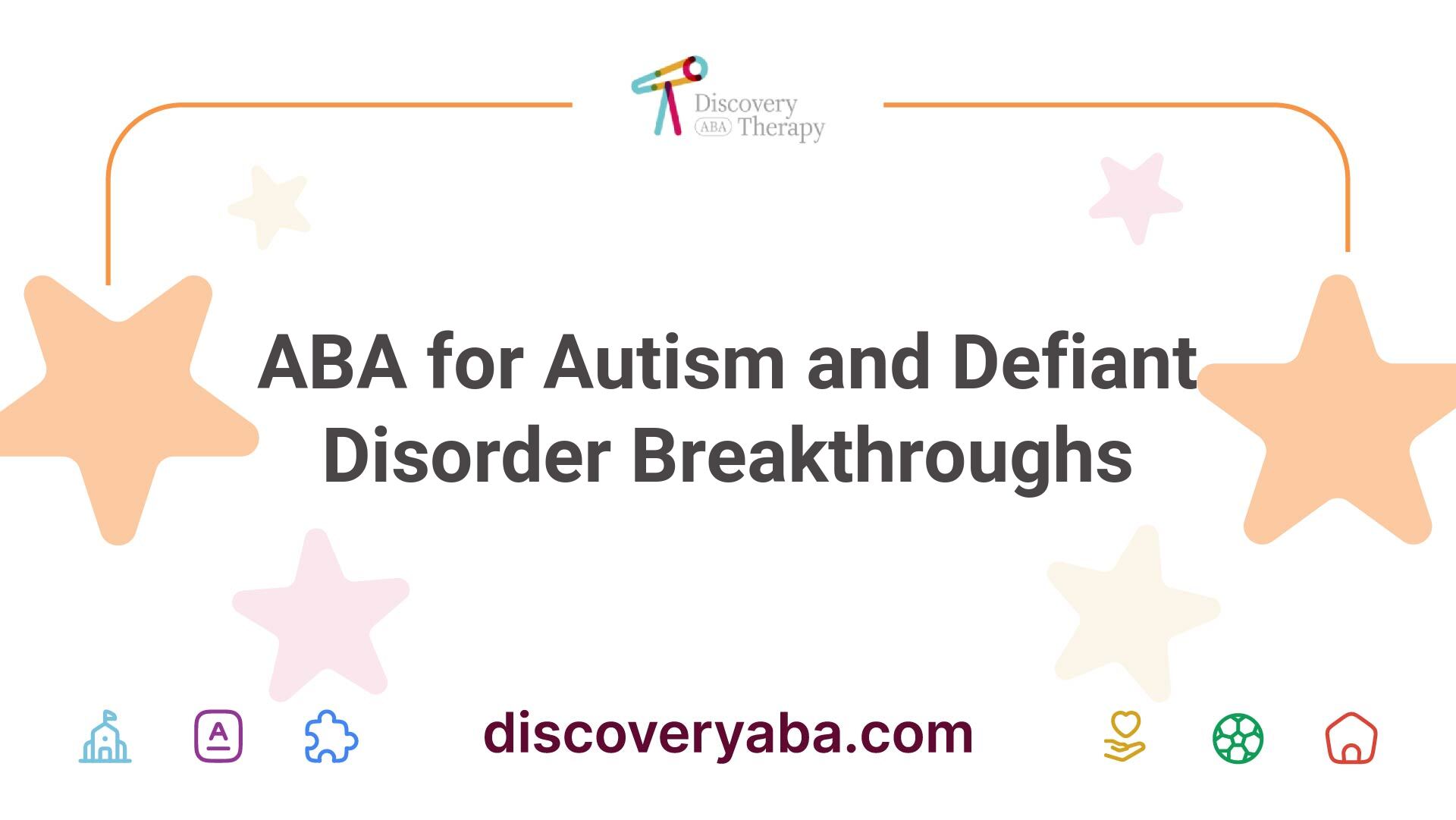





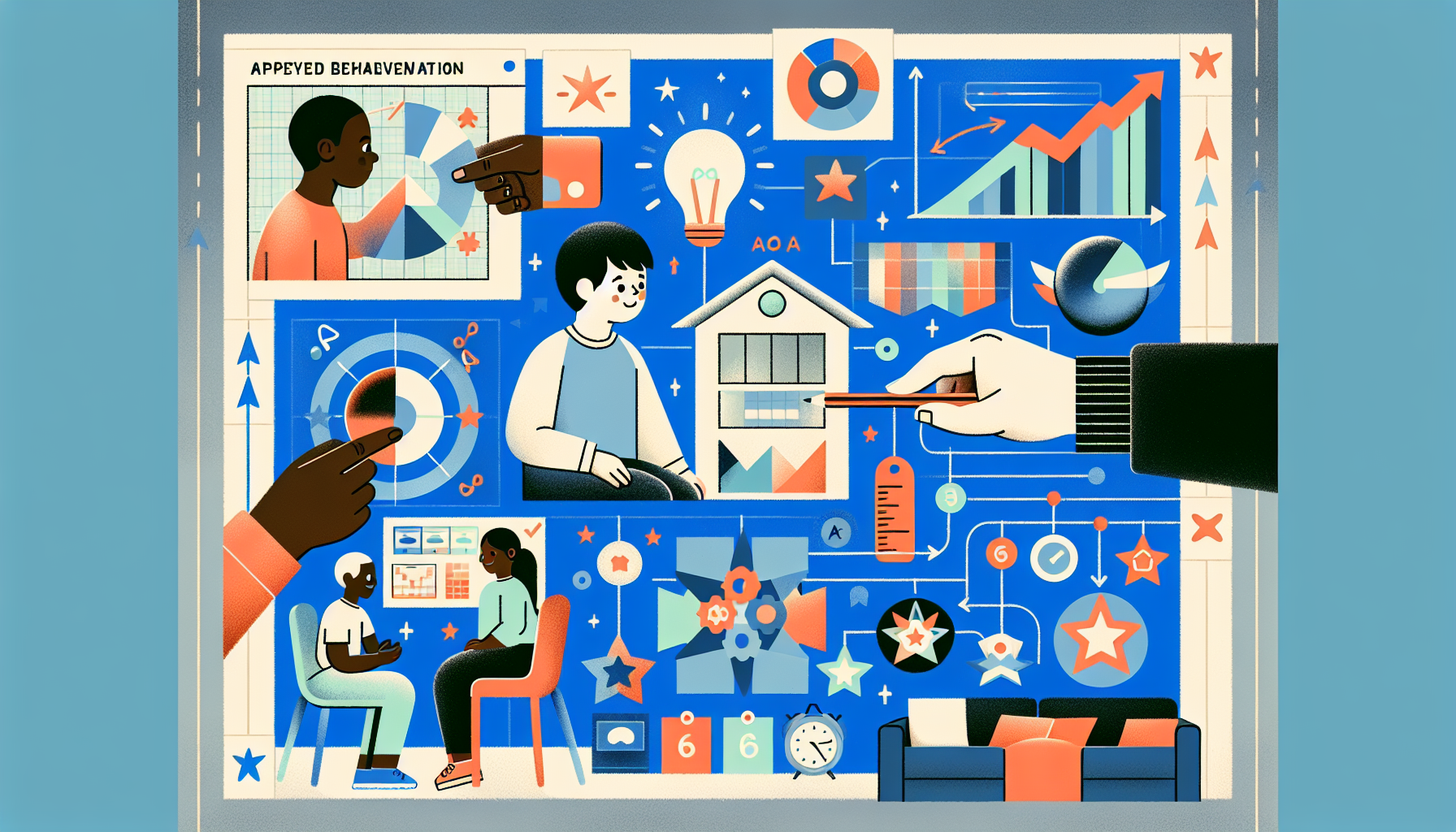

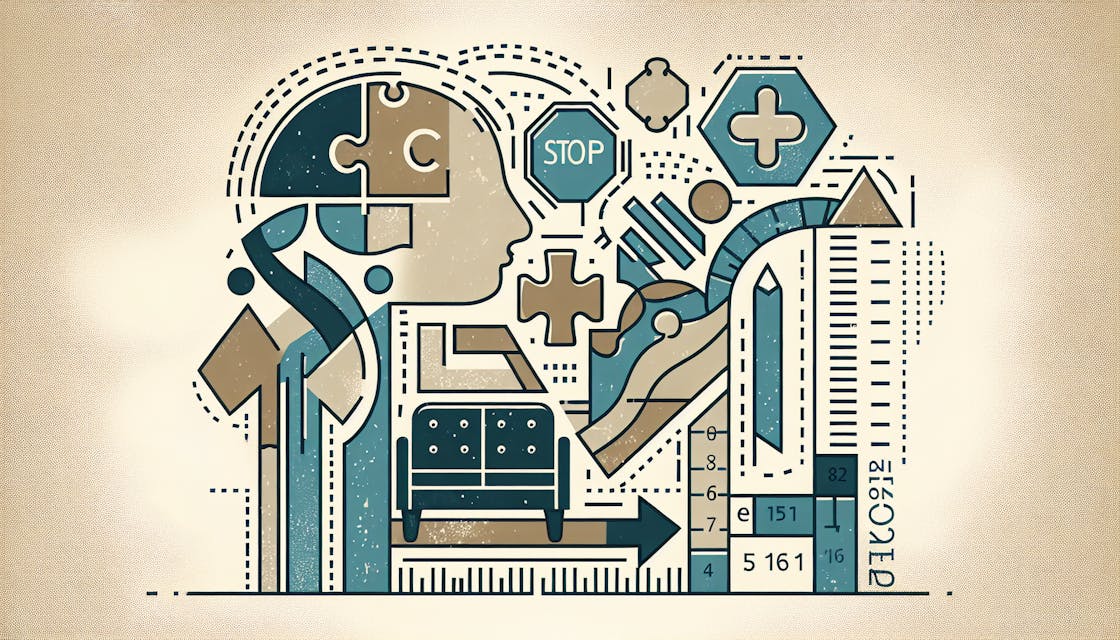




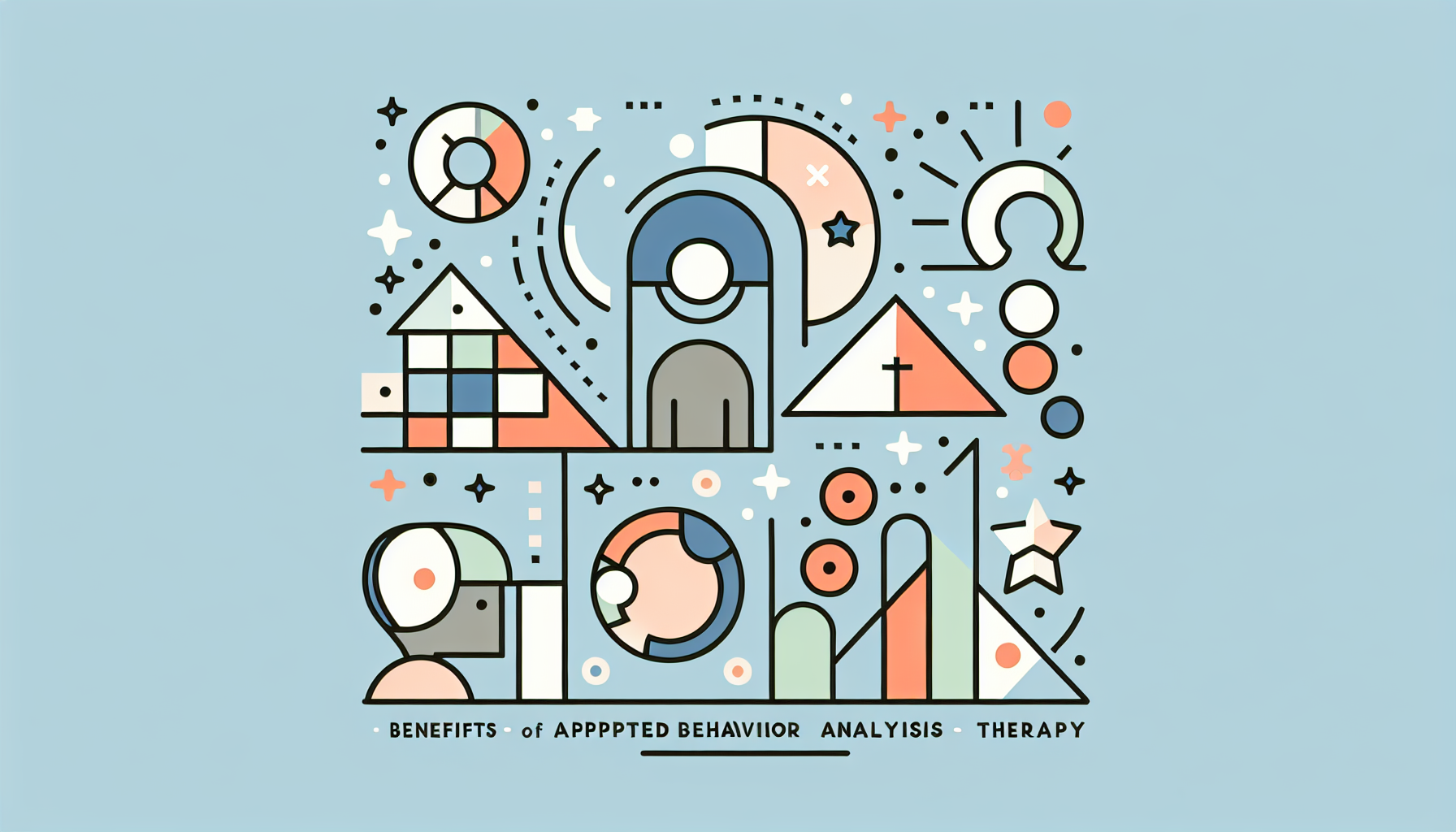






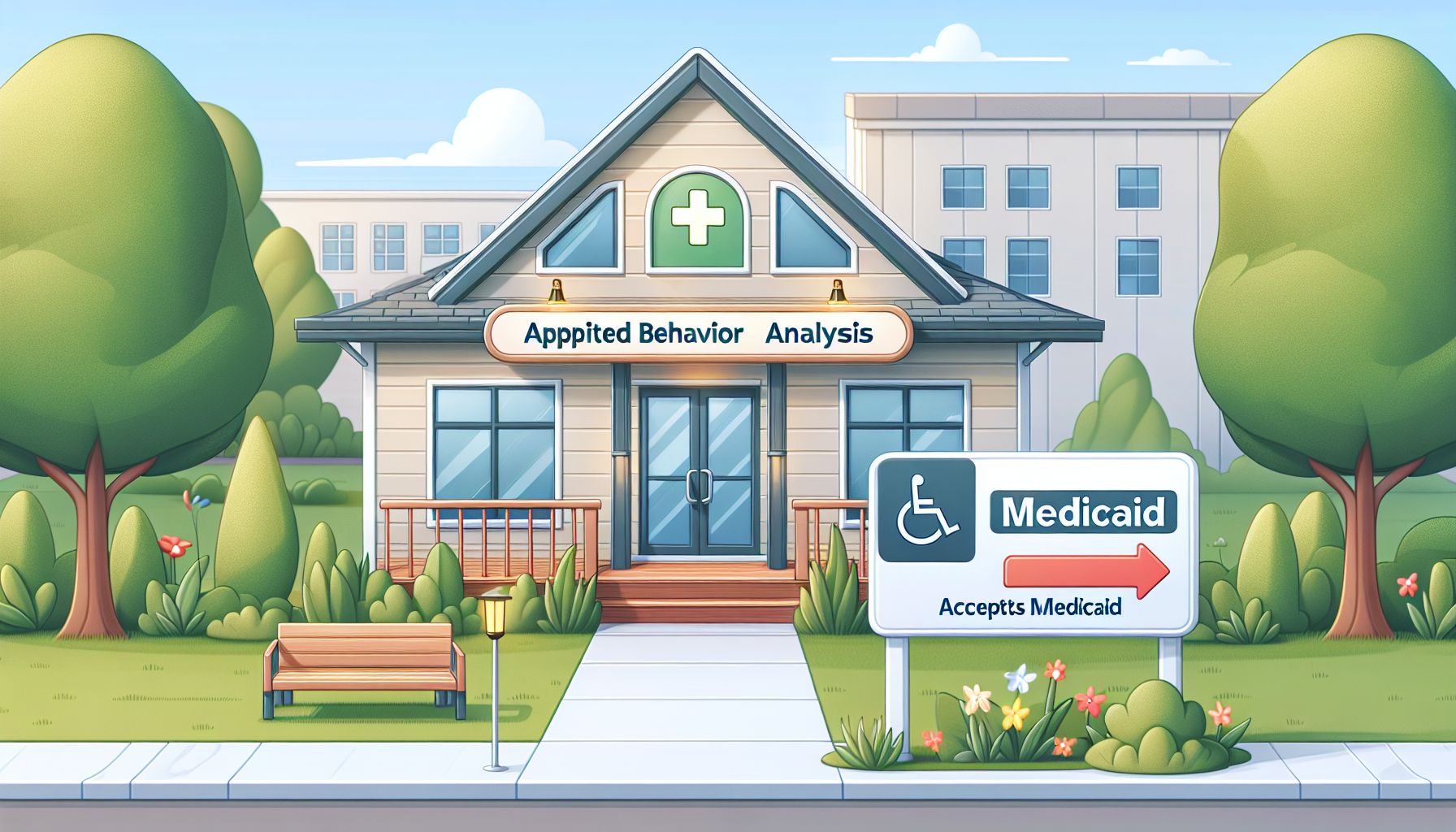




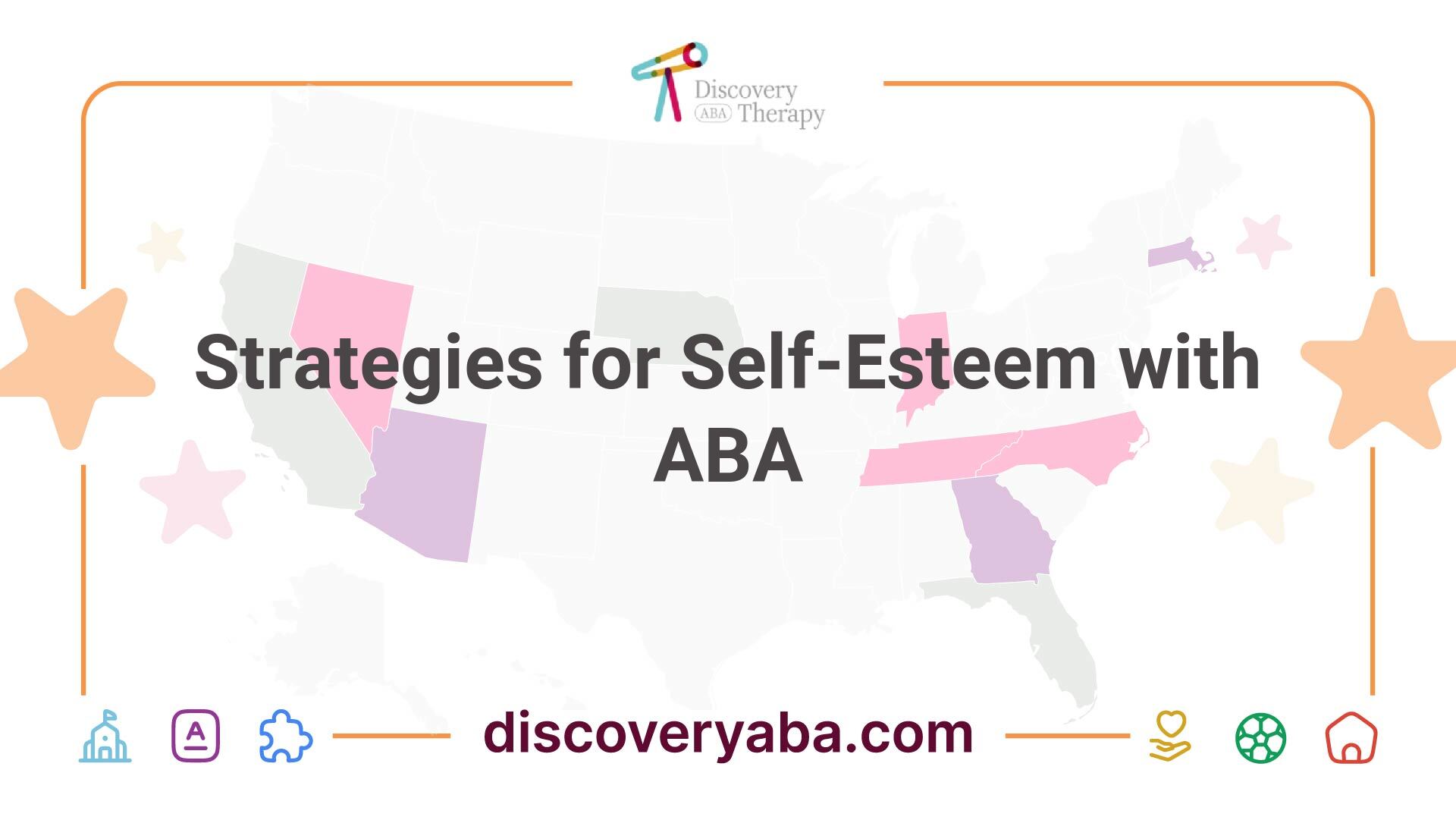




.jpeg)







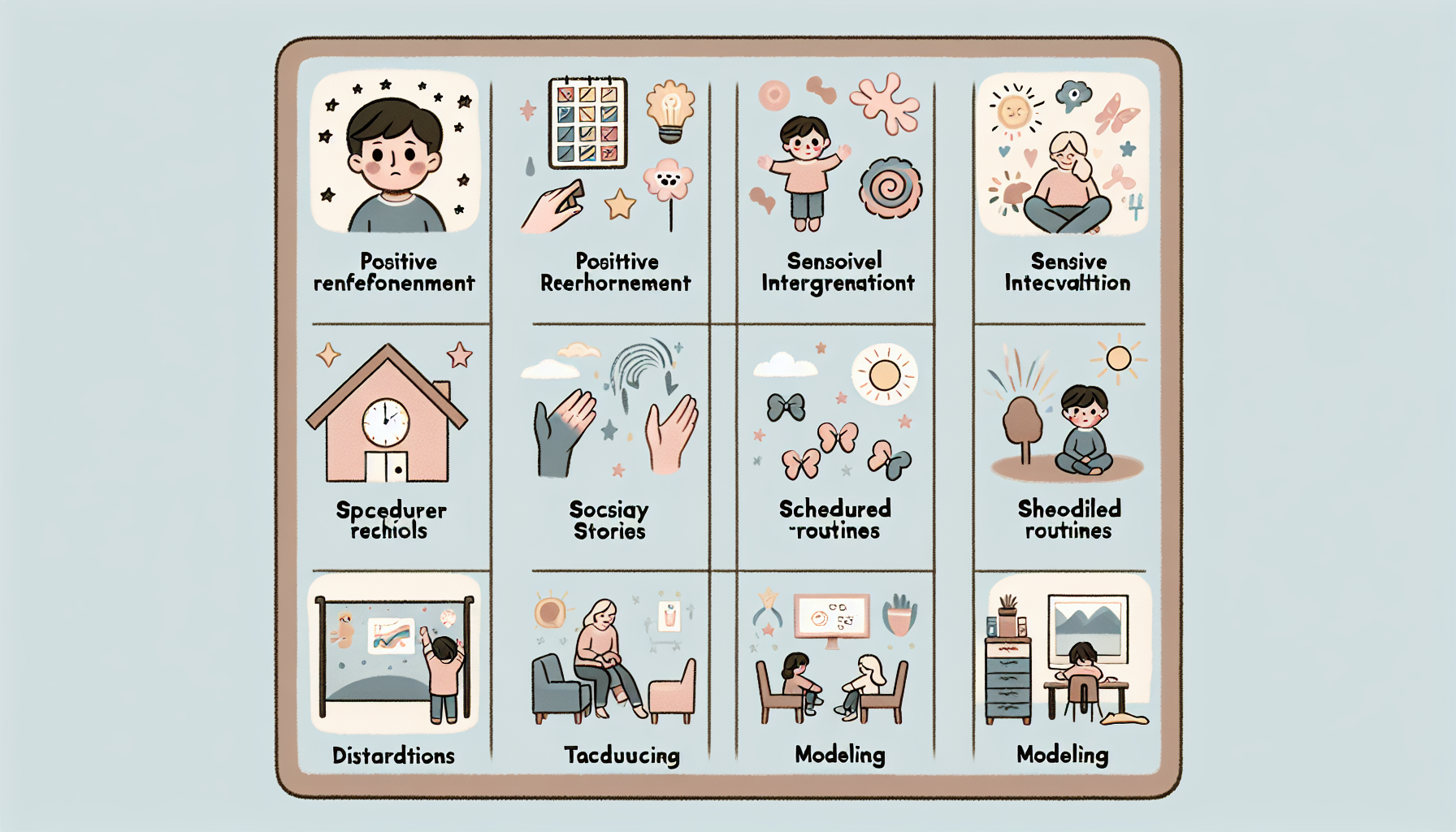

.jpeg)
.jpeg)



.jpeg)




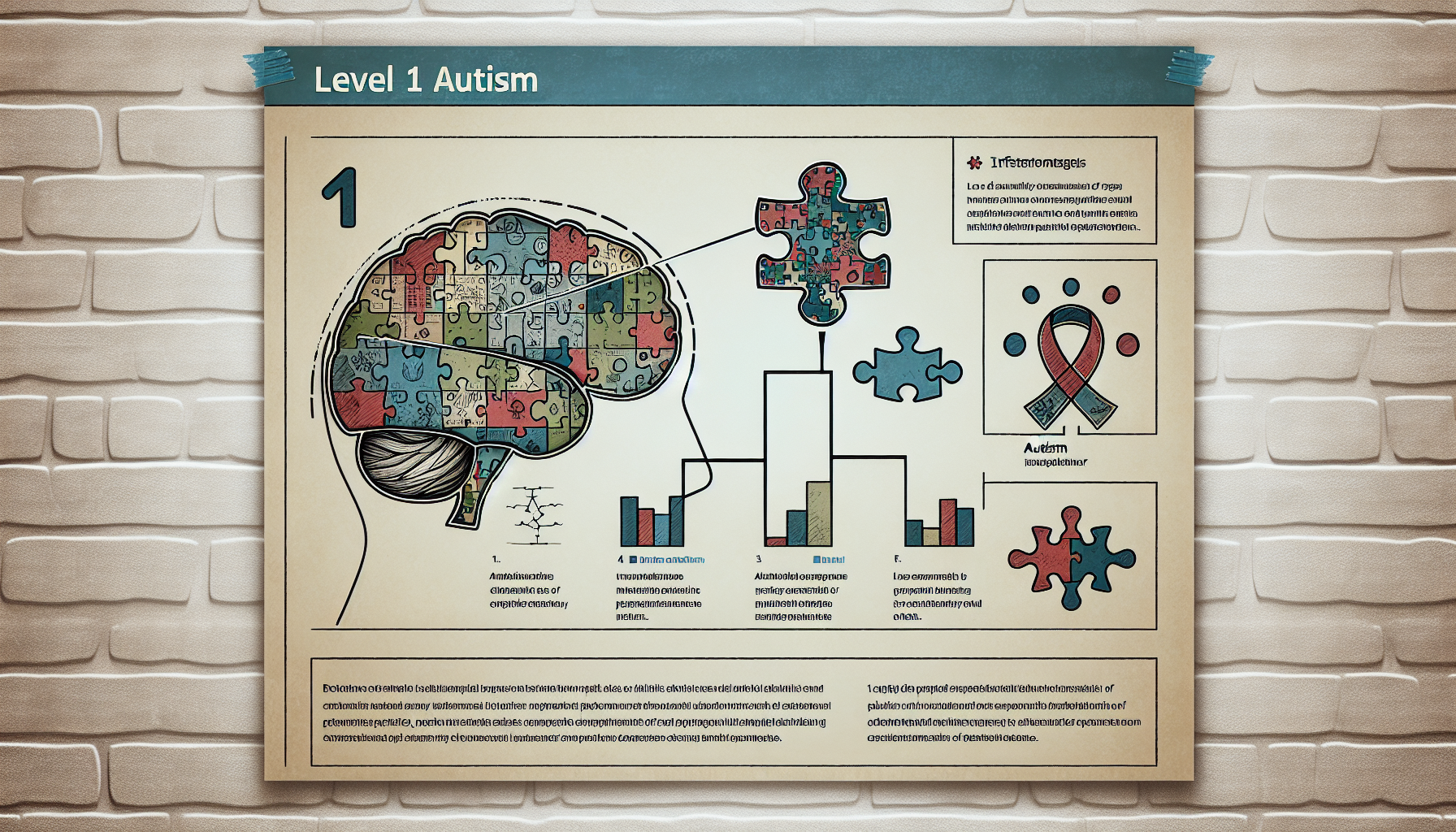











.jpeg)
.jpeg)



.jpeg)
.jpeg)
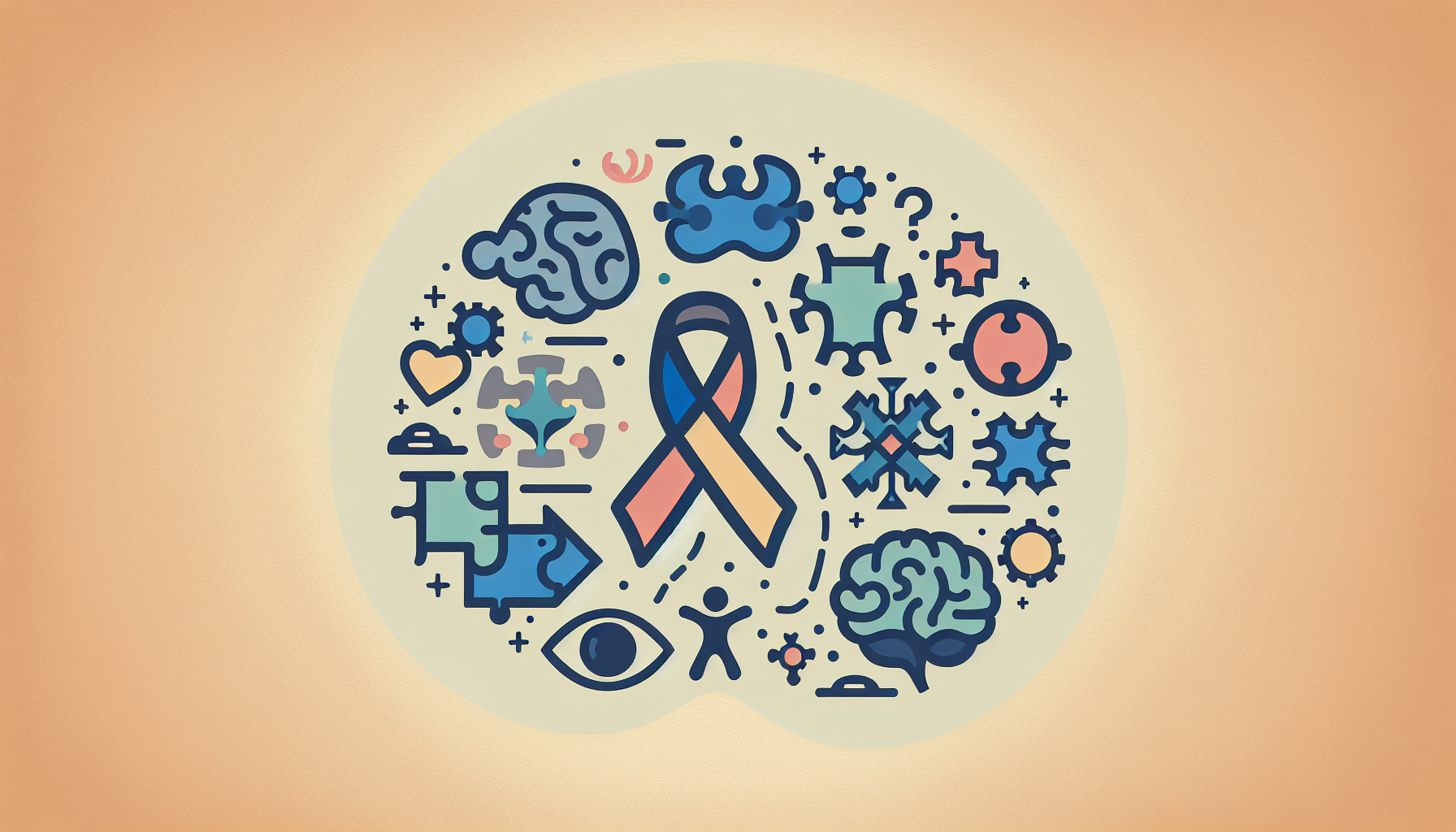






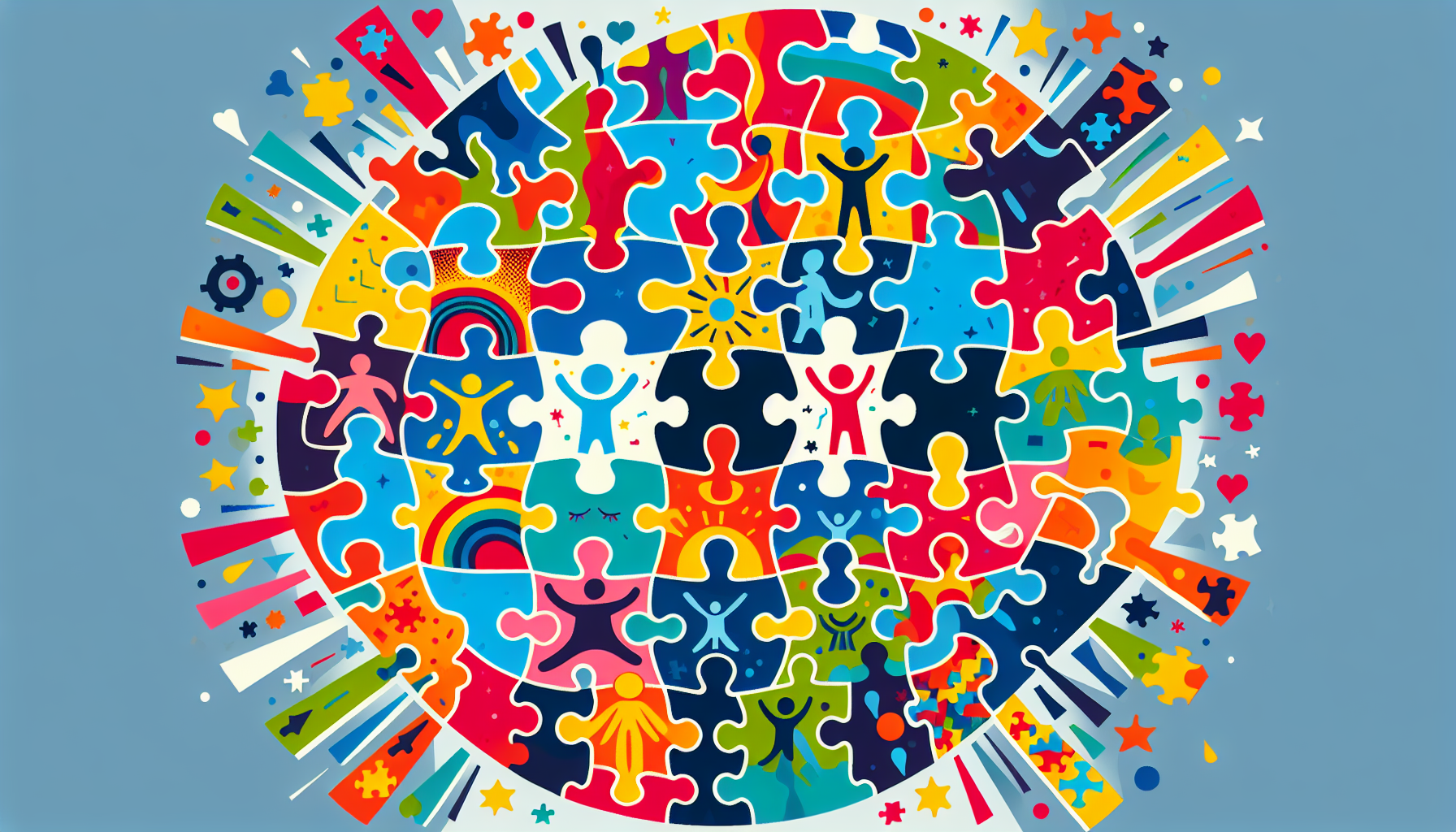



.jpeg)


